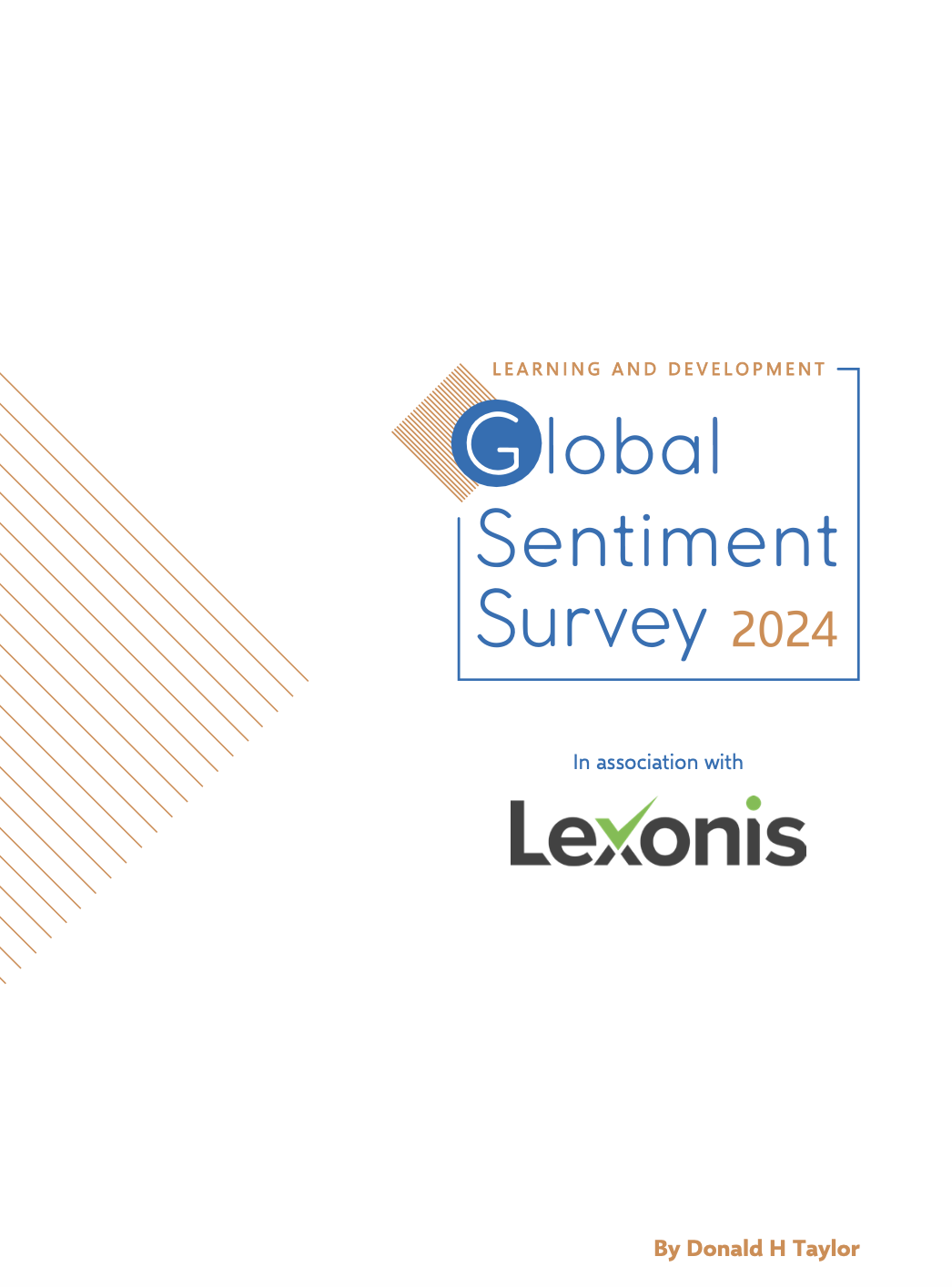Cutting Through the Noise on Skills Intelligence
Andy Andrews
Skills are currently at the forefront of discussions across industries. The urgency to identify and nurture skills has surged due to the rapid pace of digital transformation and evolving workforce expectations. A recent reportfrom the International Monetary Fund (IMF) highlights the various transitions impacting many businesses:
- 43% of companies plan to reduce their workforce as they integrate technology.
- Concurrently, 41% intend to expand their use of specialized contractors.
- 34% are looking to increase their workforce in response to technology integration.
These striking and seemingly contradictory statistics underscore the dynamic and evolving nature of the skills required by companies. Understanding the skills within your existing workforce, reskilling, and attracting the right talent have become essential tools for organizations seeking to navigate these changes.
Furthermore, the evolving expectations of younger employees have added to the complexity. Younger workers are actively seeking opportunities for learning and growth, and they also prioritize social issues like Diversity, Equity, and Inclusion (DEI). If their needs aren’t met, they are more inclined to leave their current jobs. According to a LinkedIn study, the average tenure for workers aged 24-35 is only 2.8 years, compared to 9.9 years for workers aged 55 to 64. Implementing skills-based practices is crucial for retaining and satisfying these younger employees.
Why Are Organizations Struggling with the Transition to Skills-Based Approaches?

So, what’s holding organizations back? Deloitte reports that 98% of executives and HR leaders plan to transition toward becoming skills-based organizations, but fewer than 1 in 5 organizations have actually adopted skills-based approaches to a significant extent. Deloitte’s data further reveals that only 10% of HR executives feel confident in classifying and organizing skills systematically.
In simpler terms, organizations often lack a clear understanding of their employees’ skills. This knowledge gap hinders their ability to identify talent for reskilling or upskilling, repurpose existing workforce skills, and determine their critical requirements for new hires. This is where a skills-based strategy becomes essential. In this paper, we delve into the basics of implementing a skills-based strategy.
What Are Skills?
The dictionary defines a skill as the ability to effectively and readily apply knowledge in execution or performance. This definition comprises two vital components: knowledge, which includes facts and information, and use, which pertains to the application of that knowledge to achieve desired outcomes. By evaluating employees against a set of skills, organizations can gather valuable data to inform their hiring, promotion, development, and compensation decisions.
What Is a Skills Framework or Taxonomy?
A skills framework represents the skills relevant to an organization, with the organization’s job roles providing the necessary context. In essence, it involves determining the skills required for the organization’s jobs and deciding which skills should be part of the organization’s skills framework. This framework offers a consistent source of skill names and definitions, ensuring uniformity throughout the organization. Skills are typically categorized and, in some cases, subdivided for easier navigation and contextual understanding. Organizations can either develop their own skill definitions and frameworks or leverage existing ones to expedite their skills initiatives.
How to Define Skills?
To transform skills definitions into actionable data, a simple word or binary description of a skill is insufficient. Skills need to be defined and measured, which requires a clear description of the skill and proficiency levels. Ideally, these proficiency levels should be expressed as action verb statements. Action verbs are better suited for assessing whether a person has demonstrated a skill at a specific level or not. For each job role, a proficiency level is selected to define the expected skill performance within that role, determining which skills and proficiency levels are necessary for successful job execution.

Which Skills Should You Track?
Even the simplest job roles may require numerous skills, making it unrealistic and unproductive to track every skill. Instead, it is crucial to identify skills that are absolutely essential for successful job performance. The acid test is whether you would hire someone based on their possession of these skills. Many organizations utilize pre-built job templates, such as the IBM Talent Framework library, to identify the most impactful skills. The 80/20 rule, or the Pareto Principle, can be applied here: focus on the 20% of skills that have the greatest impact on employee productivity. To select these key skills, consider both their impact on productivity and strategic factors like technological shifts, market expansion, and cultural drivers. Identifying these critical skills often involves surveys of key stakeholders, observations of top performers, projecting organizational strategy onto job roles, and leveraging external data sources. Emerging technologies like generative AI and skills inference can also be valuable in this process.
What Is a Skills Intelligence System?
A ‘skills intelligence system’ is software that equips organizations with tools to manage, collect, analyze, and act on skills data at scale. Such a system typically includes features for creating, managing, and rendering job profiles, skills and competencies. For example, the Lexonis platform offers functionalities such as:
- Building and modifying job role profiles and skills (including competencies).
- Utilizing AI to generate new job role profiles and suggest skill mappings.
- Mapping learning assets to skills.
- Comparing and calibrating job role profiles.
- Creating skills-based interview guides.
- Surveying experts to build job roles and skills using online consulting tools.
A skills intelligence platform often integrates these features into a unified solution that supports various talent applications. For instance, using the Lexonis platform as an example, it may include capabilities such as:
- Self-assessment and validation of an employee’s skills.
- Downloading an employee’s skills profile, gap analysis, and learning reports.
- Identifying career development opportunities and setting development objectives.
- Analyzing team and organizational capabilities.
- Identifying subject matter experts based on their skills.
What Are the Benefits of a Skills Intelligence System?
For employees, a skills intelligence platform empowers them with the tools to take control of their careers. It provides visibility into the skill expectations for their current and desired roles, along with comparisons to industry benchmarks. Armed with this data, employees can prioritize their development and proactively map their career paths.
For managers, a skills intelligence platform offers actionable data to nurture and develop their teams, while also identifying critical skills gaps that may be impacting performance.
For organizations, a skills intelligence platform offers insights into organizational capability gaps and strengths. This information can inform hiring strategies, acquisitions, investments, and even uncover hidden talent within the organization that can be redeployed or developed.
Ready to Advance Your Skills Strategy?
Are you prepared to take the next step in implementing a skills-based strategy within your organization? Dive deeper into the world of skills with our ebook, “How to Ensure Your Skills Transformation Journey Leads to Business Success” or contact us to schedule a demo of the Lexonis Talent Intelligence Platform.
You may also like

There is a skills gap problem in the developed economies…

The business value of adopting a skills-based talent strategy and…

What is trending in workplace L&D this year? Are your…